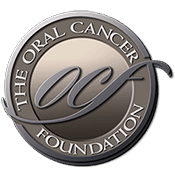Gene Therapy Is Respectable Again
1/3/2006 Fort Lee, NJ staff BusinessWeek Online (www.businessweek.com) Researchers have learned caution, and some of the early results are promising. When Matthew During and Michael Kaplitt first went hunting for capital to commercialize their research in gene therapy, their timing couldn't have been worse. It was the fall of 1999, just after teenager Jesse Gelsinger died in a clinical trial of gene therapy -- the use of genes to deliver medicines to diseased cells. Together, During and Kaplitt were able to scrape up an initial $2.5 million. "Maybe we were arrogant to think we could start something at that time," Kaplitt concedes. Today, the two physician founders of Neurologix Inc., in Fort Lee, N.J., are feeling much more upbeat. They're searching for $10 million to fund a pivotal trial in Parkinson's disease, and they expect to find it. Others are also prospecting in the once-neglected field of gene therapy. On Nov. 7, Colgate-Palmolive Inc. (CL ) invested $20 million in Austin-based Introgen Therapeutics Inc. (INGN ), which is pursuing novel remedies for oral cancer. And the Michael J. Fox Foundation is about to award its first ever grant for gene therapy research. The $750,000 will go to San Diego-based Ceregene Inc. (CEGE ), which, like Neurologix, is zeroing in on a treatment for Parkinson's, the disease that afflicts actor Fox. Ceregene also raised $32 million in venture capital last year. Recent success stories in clinics and labs add to the sense that gene therapy is moving back into the mainstream. [...]
